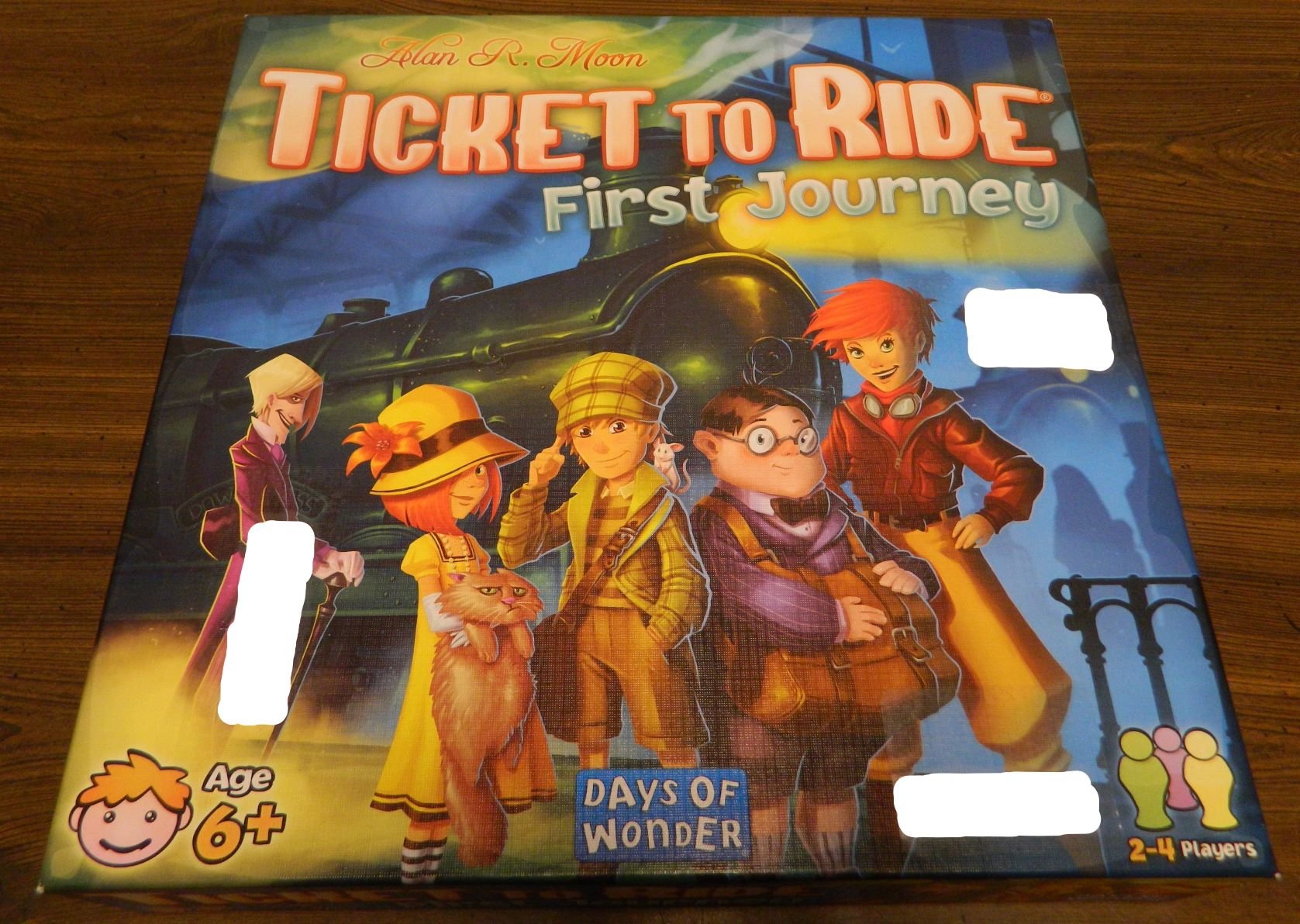


The VW wagon seems to be a call-back to the 1960s “peace and love” movement in the city, and the Mustang is a clear reference to the famous car chase sequence from 1968’s Bullitt. While other Ticket to Rides are set in a specific era (sometimes, such as with the 1910 expansion, even a specific year). Let me go on a brief tangent here and talk about the time period for the game. While the colors of the cards are their primary identifier, each also depicts a specific mode of transportation: a VW wagon (the purple cards), a Mustang (green), a bus (black), two different trolley cars (blue and yellow), and a cable car (red). The Transportation cards come in six sets of six cards each, as well as 8 multicolor “wild” cards. Image by Rob Huddleston.Īs with other Ticket to Ride editions, the scoring tokens are simple wooden discs, painted to match the four colors of the cable cars. The tokens are also each a different color, and neither the color nor the symbols are meaningful for gameplay. The seventh symbol is a baseball cap with “San Francisco” on it, which I guess is technically something specific to the city, but really more like those “I ♥ ” sweatshirts you can get anywhere. Some of these are random tourist things: a Polaroid, backpack, and journal, while three of the others are real San Francisco symbols: a loaf of sourdough bread, a seal, and a sundae (at least I assume this is supposed to be a Ghirardelli sundae). Seven sets of cardboard “tourist” tokens are placed around the board to be picked up during the game. While the primary goal of San Francisco, like every other Ticket to Ride, is to build networks of trains to connect locations, this edition also has a secondary goal: set collection. For such tiny models, they really pack in a lot of detail. The mini-cars are modeled on the more common (if smaller) single-ended cars that run on the Powell-Hyde and Powell-Mason lines (as opposed to the larger double-ended cars that run along California Street). The only thing missing is the tourists freezing in their shorts and tank tops on a warm 60-degree SF summer day. And as with all Ticket to Ride sets, the game includes a few extra cars in case any get lost.

Each set has 20 cars, fitting for the shorter games in the City lines. The set includes cars in purple, white, pink, and blue. San Francisco’s iconic cable cars serve as train tokens in this version. San Francisco’s iconic cable cars, as Ticket to Ride miniatures. The components are the quality you’d expect from Days of Wonder and will be very familiar to anyone who has played any previous edition of Ticket to Ride. 80 plastic cable cars, in four sets of 20 each.1 board, a map of the northern part of the city of San Francisco.Ticket to Ride: San Francisco Components Everything that comes in the box, except the “few extra” cable cars. Moon and published by Days of Wonder, with illustrations by Julien Delval. Ticket to Ride: San Francisco was designed by Alan R. It will be available at other retail outlets later this summer. It’s currently available exclusively at Target, retailing at $24.99. Ticket to Ride: San Francisco is a game for 2-4 players, ages 8 and up, and takes about 15 minutes to play. The classic board game Ticket to Ride adds another entry in its “City” series, this time allowing players to board the iconic cable cars and build a transportation network in the City by the Bay.


 0 kommentar(er)
0 kommentar(er)
